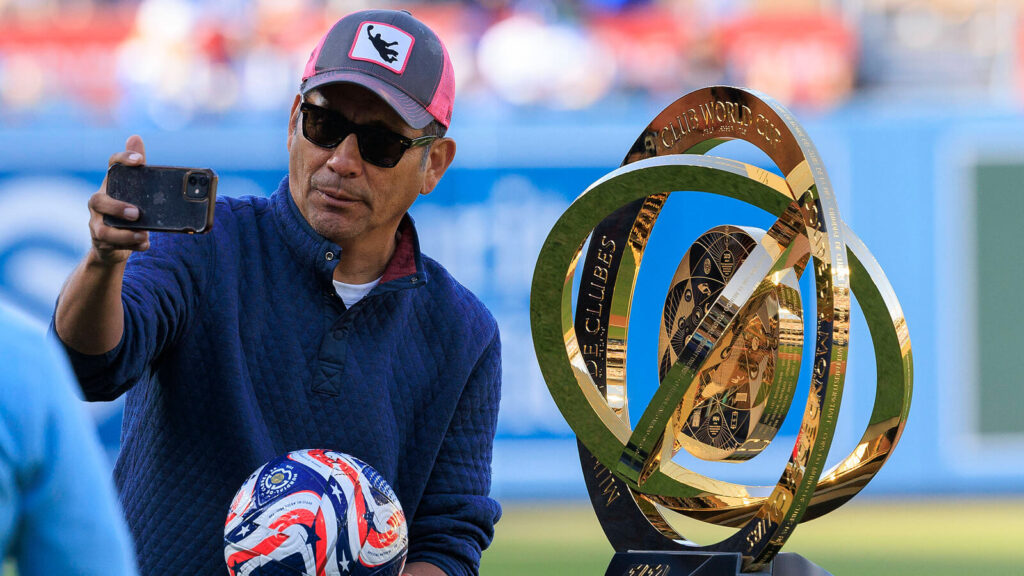The FIFA Club World Cup is known as a tournament where the best clubs from each continent clash to determine the world’s top team. But while fans cheer from the stands, scouts and agents at the sidelines look on quietly. For them, the Club World Cup is more than a competition – it is a live global audition.
Scouts capitalize on this brief, intense tournament to spot talent. They focus on under-the-radar realms, primarily Africa, Oceania, and Asia, where gems are often overlooked. With football going mainstream, scouting is also becoming international – the Club World Cup is turning out to be a perfect place for spotting those stars of tomorrow.
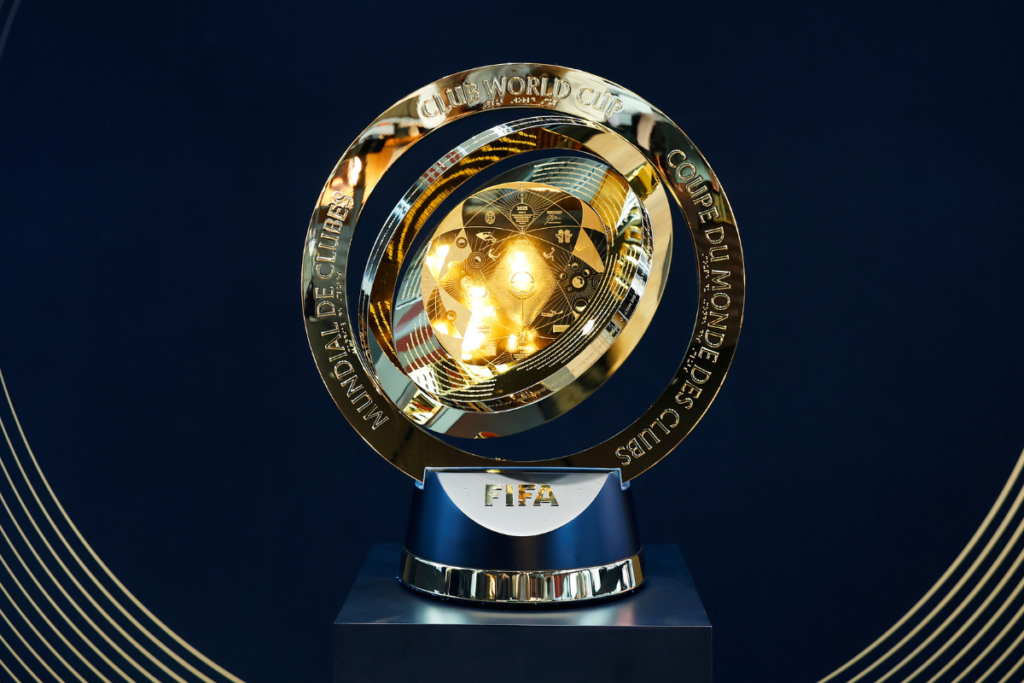
Why Scouts Love This Tournament
The Club World Cup draws together the continental champions of FIFA’s six member confederations. By this very organization, it allows clubs from leagues which hardly get global attention – Al Ahly of Egypt, Auckland City of New Zealand, or Urawa Red Diamonds of Japan for instance – competing side-by-side with global giants such as Manchester City and Real Madrid.
Such a context is a perfect ground for scouting. Here’s why:
- Varied playing styles: Scouts watch as players adjust to a different set of tactical measures or physical demands.
- High-pressure setting: This tournament, due to its knockout structure, sheds light on how players withstand competition pressure.
- Brief period: Unlike long domestic leagues, the Club World Cup provides free time to keep an eye on a handful of talents through the span of one or two weeks first hand.
For scouts, these factors combine to provide raw, honest performances, making it easier to spot a potential breakout star.
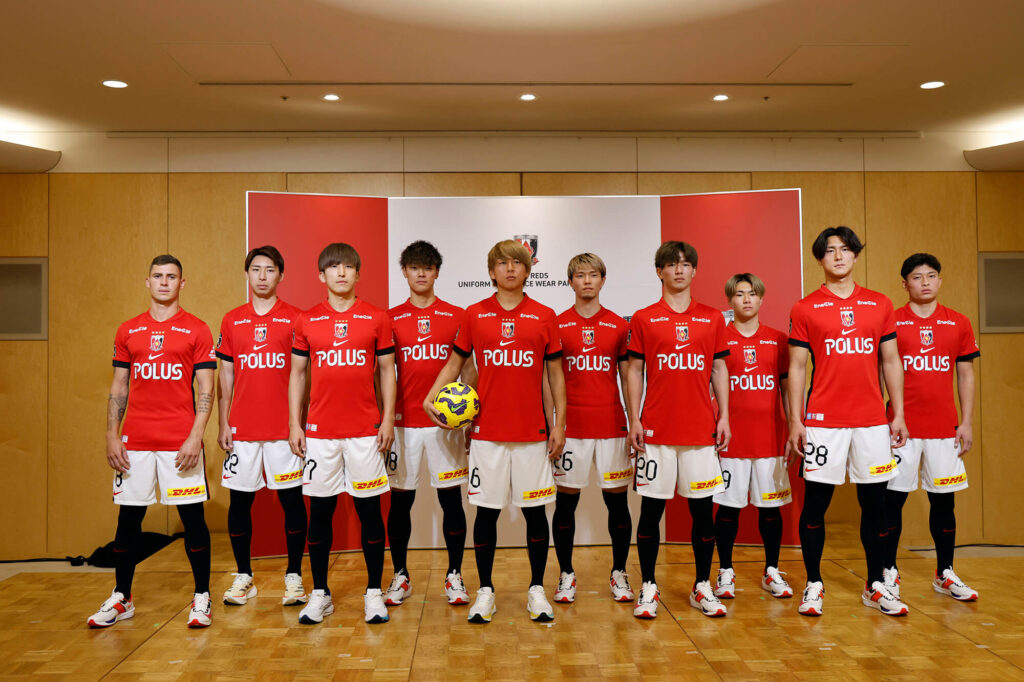
What Talent Recruiters Look For
Scouts aren’t just watching for goals and flashy tricks. Their assessments are far more detailed and focus on:
- Technical ability – Can a player control, pass, and shoot effectively under pressure?
- Tactical understanding – Does the player make intelligent decisions on the field?
- Physical attributes – Is the player fast, strong, or agile compared to others on the pitch?
- Mental strength – How do they react to setbacks? Can they stay focused?
- Adaptability – Can the player adjust to a different pace or style of play?
In this tournament, players often face unfamiliar opponents. A striker from Asia might play a tough defense from Africa or South America. Scouts use this to judge how flexible and mature a player’s game is.
Regions with Hidden Gems
While scouts do watch the stars of Europe or South America, they keep a closer eye on underrepresented regions where market value is lower and talent is less tapped. Here’s a look at where they often find gold:
Africa
Africa has long been a source of elite footballers, and many began their journey at local clubs before breaking out. Teams like Al Ahly (Egypt), Wydad Casablanca (Morocco), and TP Mazembe (DR Congo) have strong histories in the Club World Cup. Players from these clubs often combine raw power, skill, and a fierce competitive edge.
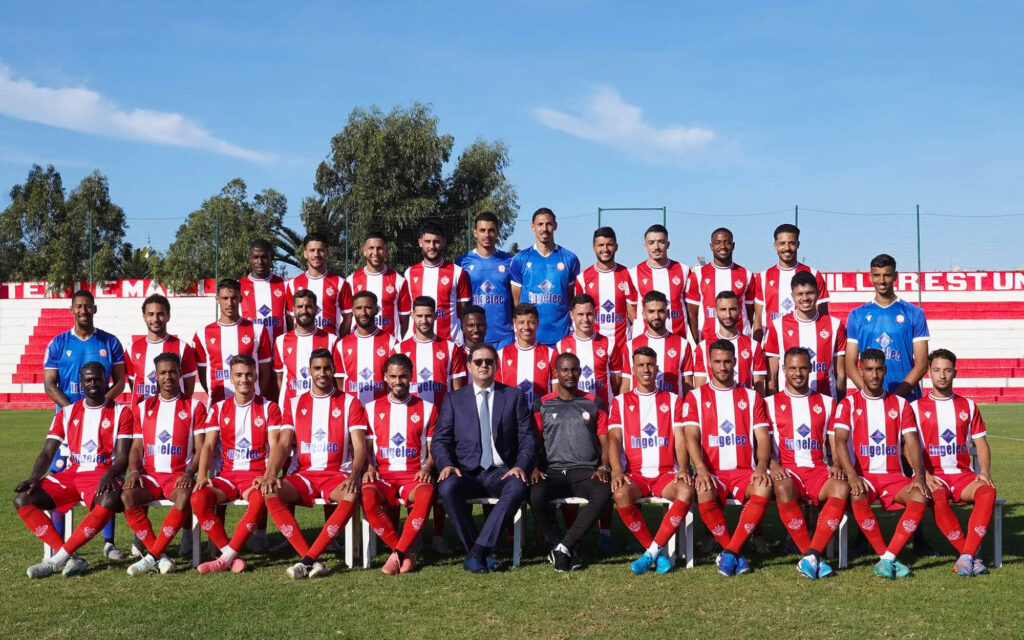
Asia
Asian clubs, such as Al Hilal (Saudi Arabia), Urawa Red Diamonds (Japan), and Ulsan HD (South Korea) bring discipline and technical excellence. Japan and South Korea have well-developed youth systems, and their top players often transition smoothly to Europe. Scouts know that a good performance here can signal readiness for the next level.
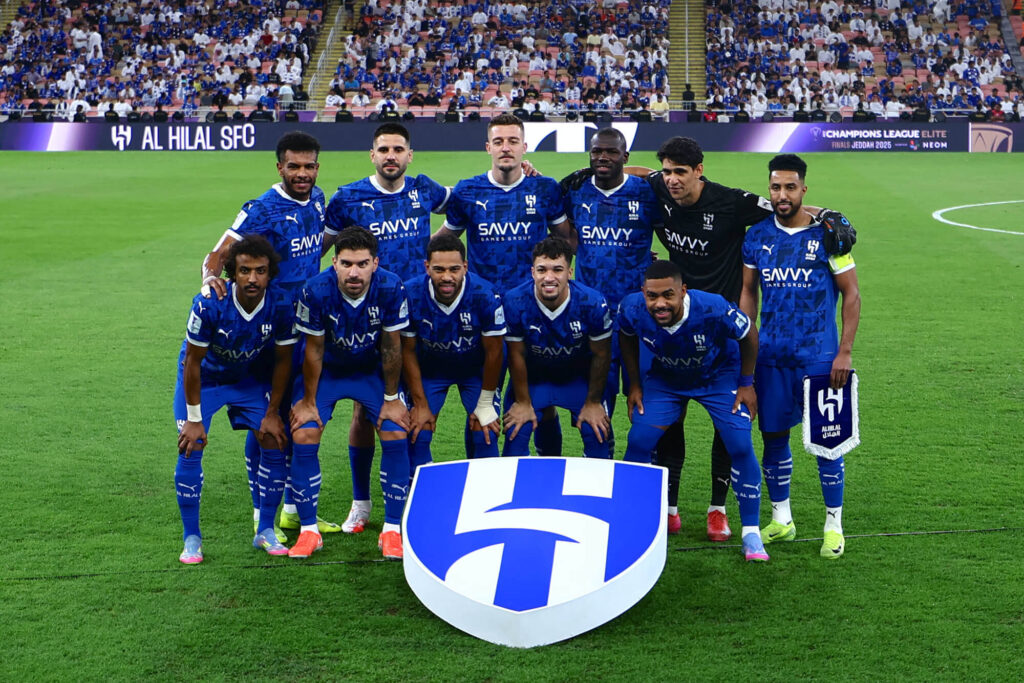
Oceania
Though often overlooked, Oceania has begun producing talent through clubs like Auckland City. The physical gap is wider here compared to other continents. But a standout player from New Zealand or the Pacific Islands can catch eyes just by standing up to elite opposition.
Success Stories from Past Tournaments
Several big-name players have launched or accelerated their careers with a strong showing at the Club World Cup. Here are a few notable examples:
Aliou Dieng (Al Ahly)
Dieng, a defensive midfielder from Mali, was largely unknown before his performances at the 2020 and 2021 Club World Cups. His combination of stamina, strength, and tactical intelligence drew interest from European clubs, especially in France and Belgium.
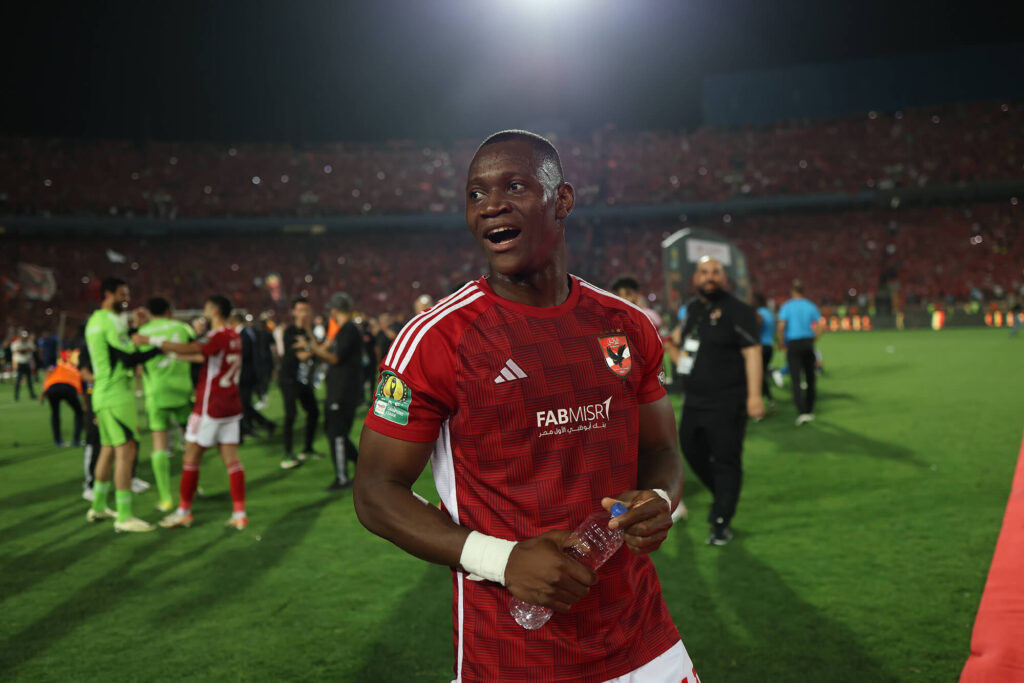
Minamino played for Cerezo Osaka in Japan before moving to Red Bull Salzburg, but it was his exposure in tournaments like the Club World Cup and Champions League that caught Liverpool’s attention. It shows how early scouting from Asia pays off years later.

Romarinho (Al-Ittihad)
The Brazilian striker made waves playing for Al-Ittihad in the Saudi Pro League. Though he started in Brazil, his consistent performances at continental and Club World Cup levels earned him recognition as a key player in the Gulf region, sparking renewed international interest.

While not discovered solely at the Club World Cup, Salah’s performances for Al Mokawloon in Egypt and later FC Basel (Europe) gained more attention when scouts traced his early impact at international tournaments. His journey from Egypt to Chelsea and eventually Liverpool shows the value of early exposure to global competitions.
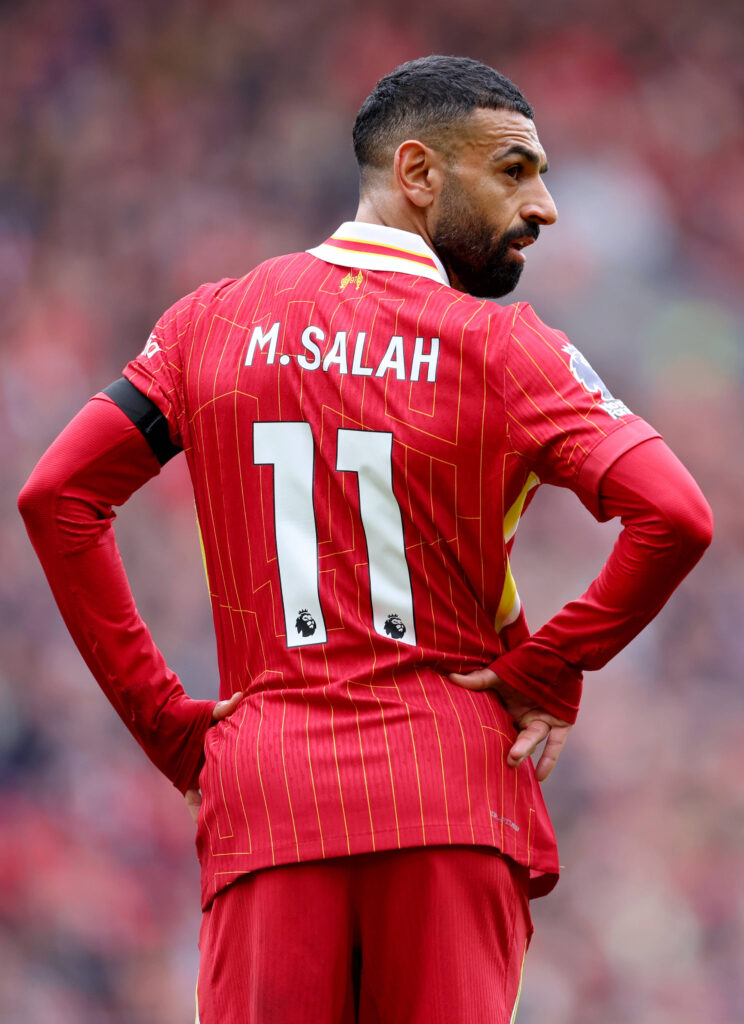
Could the Next Star Be Found Here?
Absolutely. The 2025 Club World Cup, with 32 teams set to compete in the United States, will offer the biggest scouting opportunity in the tournament’s history. With more teams and matches, scouts will have even more time to study young or lesser-known players. Key reasons why this edition might be especially fruitful for talent discovery include:
- Wider participation: With clubs from nations like Egypt, Japan, New Zealand, and Mexico participating, the tournament offers scouts a rare look at talent from across the globe and not just the traditional powerhouses.
- North American venue: With U.S. facilities and media coverage, performances will be more visible than ever.
- Global transfer market interest: European clubs are actively seeking cheaper, emerging talent due to rising player costs.
A 22-year-old centre-back from Ulsan HD or a 26-year-old marksman from Al-Ahly, could attract a mid-tier European club offer right after a few standout games.
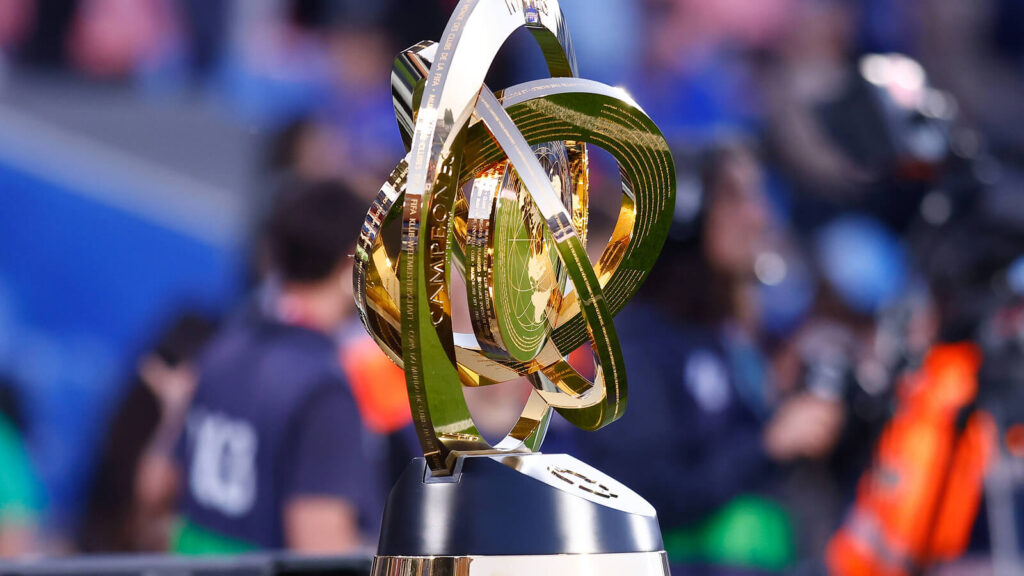
A Global Scouting Ground
The FIFA Club World Cup isn’t just a showcase for established stars—it’s a global shop window for emerging talent. Scouts and agents fly in from every continent, watching carefully as players from regions like Africa, Oceania, and Asia make their mark against the best in the world. Every pass, tackle, and goal could be the moment a career changes forever. And for those lesser-known footballers, this isn’t just a game—it’s their shot at the big leagues.
